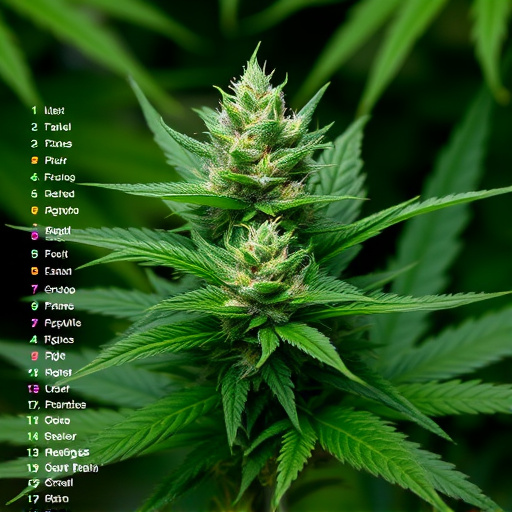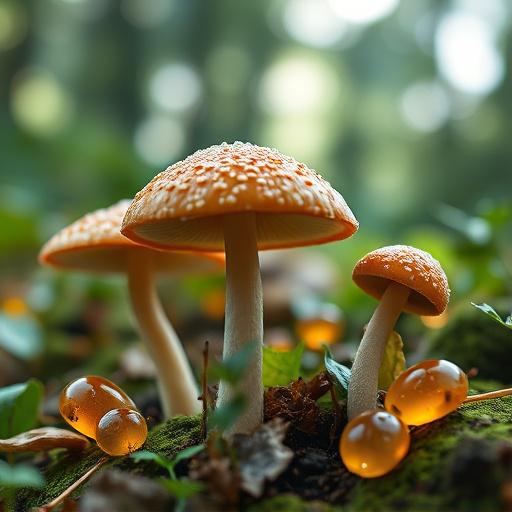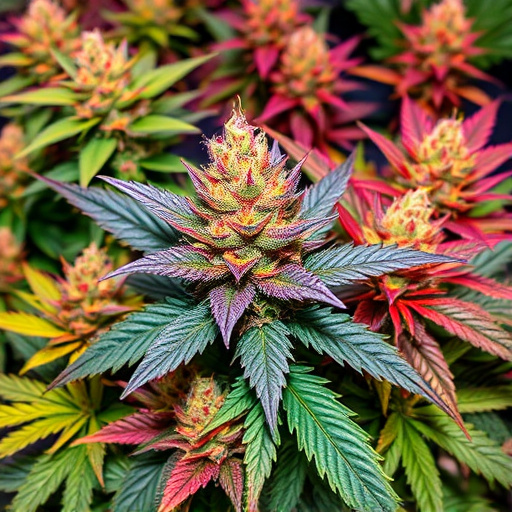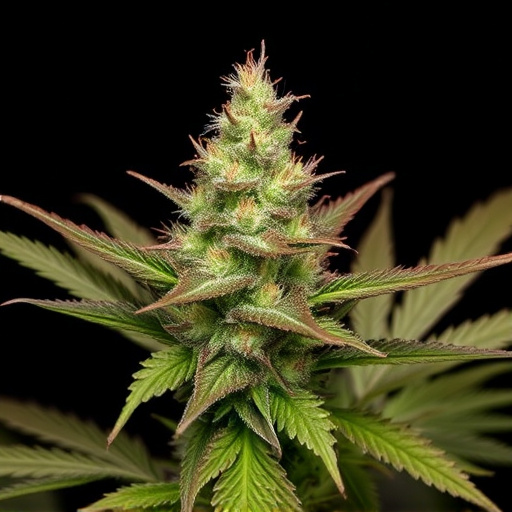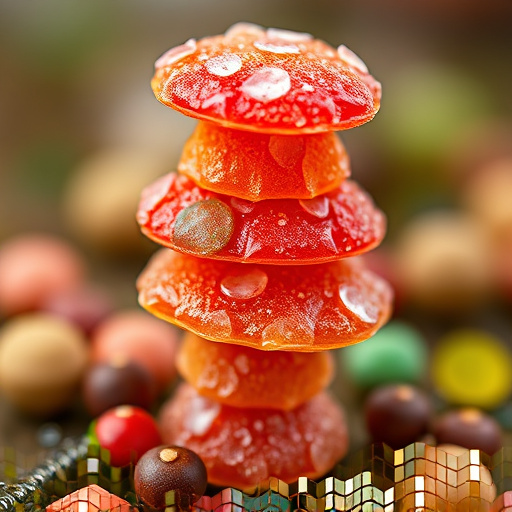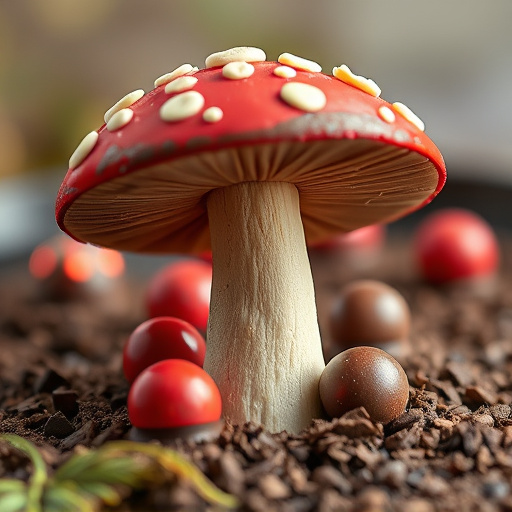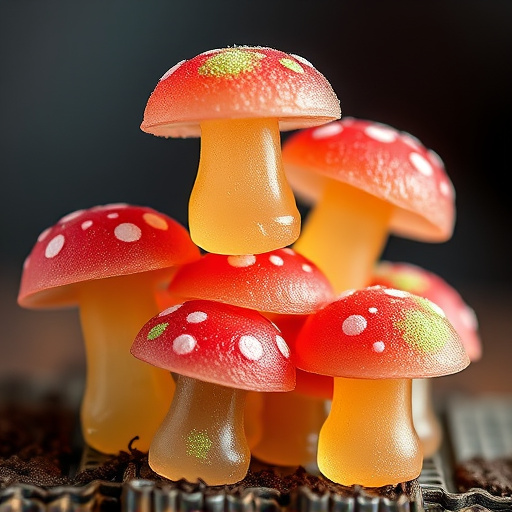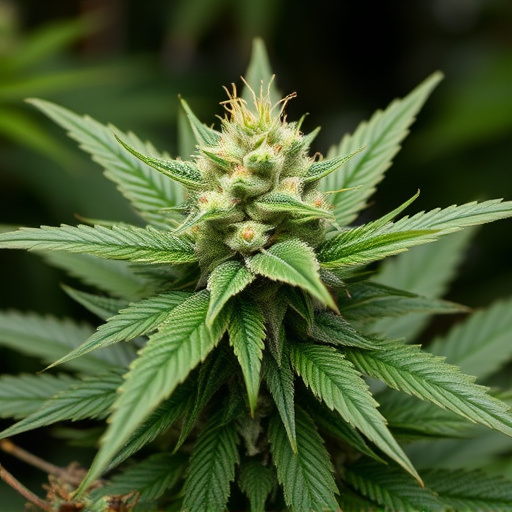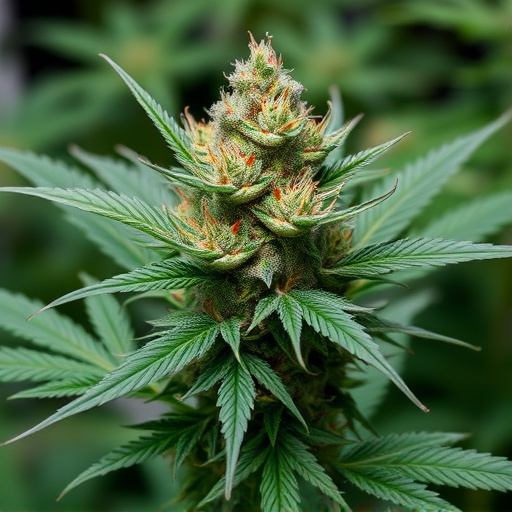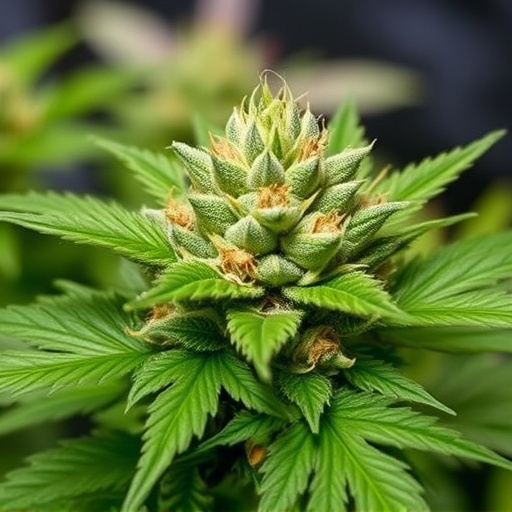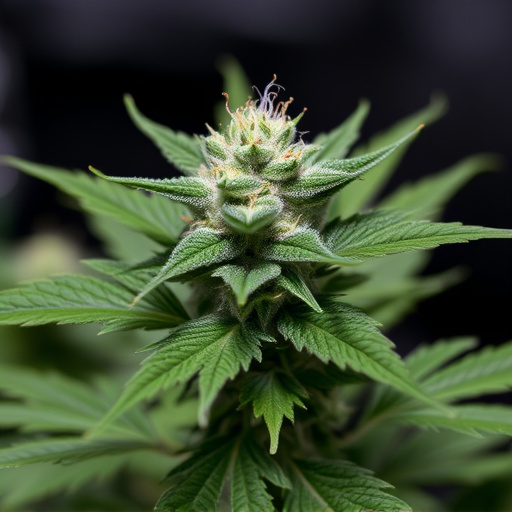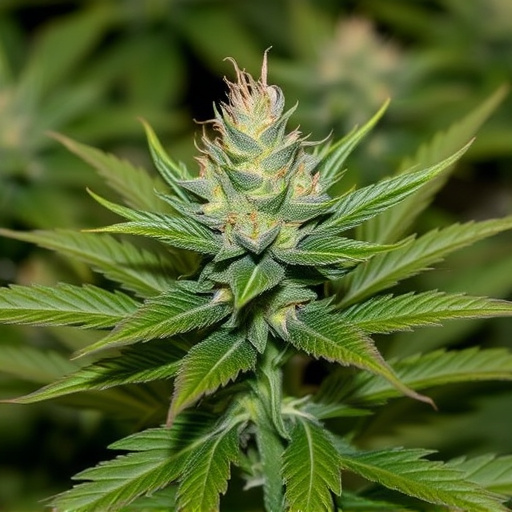Selecting the right cannabis strain for food infusion depends on understanding Indica, Sativa, and hybrid varieties, which offer distinct properties like relaxation (Indica's high CBD) or energy (Sativa's THC). The ideal strain has balanced terpene profiles for aroma, flavor, and potential therapeutic benefits. Exploring these characteristics ensures a tailored choice for culinary creations, combining delicious experiences with medicinal advantages. When incorporating cannabis into food, knowing THC and CBD levels is crucial for achieving desired effects and avoiding adverse reactions.
Discover the art of infusing cannabis into your cuisine with our comprehensive guide. Explore the best pot strains tailored for culinary creations, understanding their unique effects and THC/CBD profiles. Learn essential methods like decarboxylation and various infusion techniques to ensure safety and flavor. From baked goods to savory dishes, uncover creative ways to incorporate these infused treats, reaping potential health benefits.
- Choosing the Right Best Pot Strains for Infusion
- – Understanding cannabis strains and their effects
- – How THC and CBD levels impact food infusions
Choosing the Right Best Pot Strains for Infusion

When considering cannabis infusion in food, selecting the right strain is a crucial step. Different strains offer unique terpene profiles and varying levels of THC and CBD, which can significantly impact the desired effects and flavors in your culinary creations. For example, Indica strains are popular for their calming properties and higher CBD content, making them ideal for reducing anxiety or promoting relaxation after a meal. Sativa strains, on the other hand, are known for their uplifting and energetic effects, thanks to higher THC levels, which can enhance creativity and social interactions during culinary experiments.
The best pot strains for food infusion often have balanced terpene profiles that complement each other. Terpenes like myrcene, limonene, and linalool not only contribute to the aroma and flavor but also offer potential therapeutic benefits. Myrcene is known for its earthy notes and relaxing effects, while limonene provides a bright citrusy aroma and may boost mood and focus. Linalool adds floral nuances and is often associated with stress relief and sleep-inducing properties. Exploring these factors will ensure you choose the perfect strain to infuse into your recipes, creating delicious and potentially medicinal culinary experiences.
– Understanding cannabis strains and their effects

When considering infusing cannabis into food, understanding the diverse range of strains and their unique effects is paramount. Different strains offer varying levels of THC (tetrahydrocannabinol), CBD (cannabidiol), and other cannabinoids, each contributing to distinct experiences. For instance, Indica strains are renowned for their relaxing and sedative properties, ideal for evening use when you seek a good night’s rest. Sativa varieties, on the other hand, stimulate creativity and energy levels, making them popular choices during the day. Hybrid breeds offer a balance between these two, catering to versatile preferences.
Choosing the best pot strains depends on personal goals and desired effects. Those prioritizing relaxation might opt for high-CBD strains known for their calming properties without intense psychoactive effects. For those looking to enhance creativity or focus, specific Sativa hybrids with higher THC content could be the way to go. Exploring different strains allows you to tailor your cannabis-infused culinary experiences to suit various moods and activities, ensuring a safe and enjoyable journey into the world of cannabis cooking.
– How THC and CBD levels impact food infusions
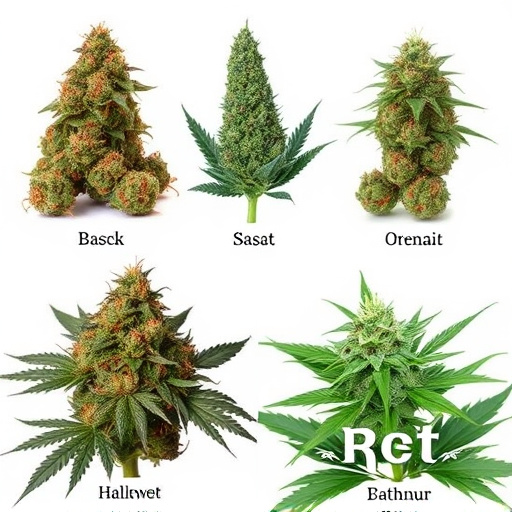
When considering the best ways to infuse cannabis into food, understanding the impact of THC and CBD levels is paramount. THC (Tetrahydrocannabinol) is the primary psychoactive compound known for its intoxicating effects, while CBD (Cannabidiol) offers potential therapeutic benefits without the high. The ideal ratio between these compounds depends on your desired outcome. For relaxation and pain relief, a higher CBD content (from best pot strains like Charlotte’s Web or Granddaddy Purple) is recommended due to its non-intoxicating properties. In contrast, for a more energetic and creative effect, a balance or higher THC concentration (found in strains like Blue Dream or OG Kush) can be suitable.
Knowing the cannabis strain’s profile helps determine the appropriate dosage for food infusions. Different best pot strains have varying levels of THC and CBD, which directly influence the final product’s potency and effects. It’s crucial to start with a smaller amount and gradually increase until achieving the desired result to avoid over-infusion and ensure a pleasant culinary experience without adverse reactions.
In conclusion, mastering the art of cannabis infusion in food begins with selecting the finest best pot strains, tailored to your desired effects. Whether you seek relaxation or a boost in creativity, understanding the unique profiles of various cannabis strains and their THC-to-CBD ratios is key to creating delicious and effective culinary experiences. With this knowledge, you can embark on a journey to explore the diverse world of cannabis cuisine, where flavor and functionality intertwine.
